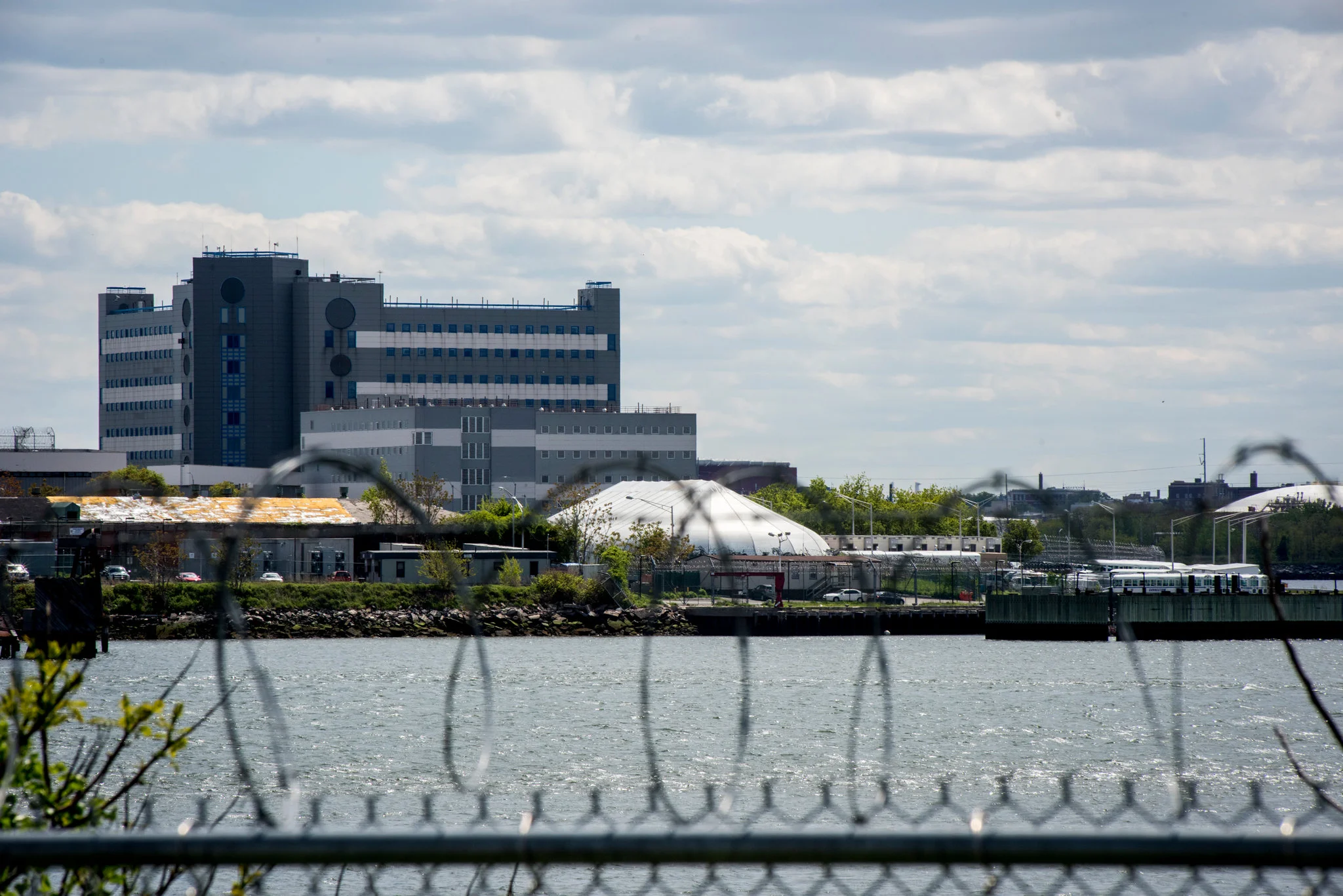This article was originally featured on the New York Times on 9/19/18
In October, the Robert F. Kennedy Human Rights organization will begin spending up to $5 million to bail out more than 500 women and teenagers from Rikers Island. - Johnny Milano for The New York Times
More than 500 women and teenagers will be bailed out from Rikers Island as part of a national campaign to dismantle a bail system that activists say discriminates against minorities and the poor.
The effort is being spearheaded by the Robert F. Kennedy Human Rightsgroup, which plans to raise at least $5 million to fund the releases. While there have been other so-called mass bailouts around the country, organizers said they believe this effort at Rikers has the potential to be one of the largest ever.
“The crux of the issue is that in New York City, we criminalize poverty,” Kerry Kennedy, president of Robert F. Kennedy Human Rights, said in an interview on Wednesday. “There are no wealthy people on Rikers Island because if you are wealthy, you go free because you make bail.
“For a week or 10 days, we want to show we can have a system of justice that works,” she added.
The group has organized 200 volunteers who, starting in October, will bail women out from the Rose M. Singer Center, and will arrange the release of 16- and 17-year-olds from the Robert N. Davoren Complex, perhaps aiding the city in its goal to close those jails more quickly than planned.
In March 2017, Mayor Bill de Blasio announced that he supported a plan to close Rikers Island, which is plagued by violence and poor conditions, after an independent commission released a report recommending that the city replace Rikers with smaller jails spread throughout the boroughs.
Mr. de Blasio’s office said he supported the bailout initiative, which was reported by The New York Post, but only for people who are not a threat to public safety.
“The mayor has long supported significant reforms to the current bail system. Bail is set by a judge and, once it is set, anyone can pay it,” a mayoral spokeswoman, Natalie Grybauskas, said in a statement. “We support any effort that focuses on bail assistance for low-level offenders who don’t pose a public safety risk.”
Robert F. Kennedy Human Rights will not make bail decisions based on the crimes that an individual has been charged with, Ms. Kennedy said. Anyone who is eligible for bail is a candidate for assistance.
“If a judge feels this person is a danger to society, they will not make them bail eligible,” Ms. Kennedy said.
Elias Husamudeen, president of the Correction Officers’ Benevolent Association, questioned whether Robert F. Kennedy Human Rights would “take responsibility if these people commit another crime while out on bail.” The initiative ignores the concerns of crime victims and would place the public in danger, he added.
“We have people in our custody who have bail, but they are there for murder, attempted murder, assault and class A felonies,” Mr. Husamudeen said. “The guy that’s in for violating an order of protection and he has a $1,500 bail — hell yeah, there’s somebody’s safety who will be in question.”
Efforts to reduce the jail population, such as proposals to end cash bail and speedy trial reform, have stalled in Albany. The de Blasio administration has tried to divert people from jails by helping relatives of those accused of a crime navigate the bail system, creating a limited online bail payment system and supervised released.
About 87 percent of the jail population is black or Latino and most are indigent. Approximately 80 percent are awaiting trials and have not been convicted, but remain jailed because they or their families cannot afford bail.
More than 75 percent of people at Rikers are released without being sentenced to prison, according to the Independent Commission on New York City Criminal Justice and Incarceration Reform. The cost of housing an inmate for a year at Rikers is $271,000, the commission found.
“These are resources we could redirect toward housing and toward health care, drug rehabilitation or an Ivy League education for every person we put in jail,” Ms. Kennedy said. “You could argue that the city should be paying us.”
When the idea of closing Rikers was initially raised, Mr. de Blasio dismissed it as politically and financially infeasible. In August, however, the city unveiled the location of the four jails that would replace Rikers — one in every borough except Staten Island.
The city has stuck to a 10-year timeline for closing Rikers Island, citing the effort required to complete the land use review process for each jail. To meet that deadline, officials have also said the city’s inmate population must be reduced to 5,000.
As of Sept. 17, there were more than 8,200 people in the city’s jails, including 3,117 who are eligible for bail, according to the New York City Department of Correction. There are just over 500 women in the jails and 94 juveniles. A total of 263 women and juveniles are eligible for bail.
New York City has the lowest incarceration rate among large cities, and its jail population already has decreased significantly: By August, it had dropped 12 percent from last year. Still, reducing the citywide population of inmates to 5,000 is one of the biggest hurdles to closing Rikers.
The former City Council speaker, Melissa Mark-Viverito, who founded the commission to study closing Rikers, called the Kennedy effort an innovative example of things that can be done to reduce the jail population.
“The implications of sitting in jail for three days or a week to someone’s job, children or housing is massive,” Ms. Mark-Viverito said. “And it’s systemic racism at the end of the day.”

